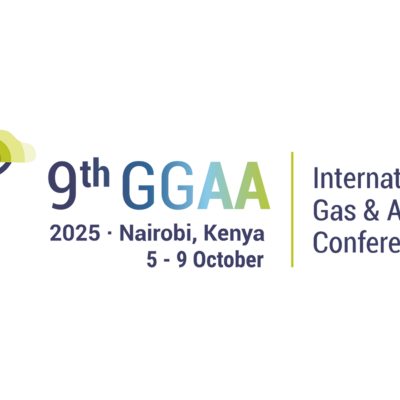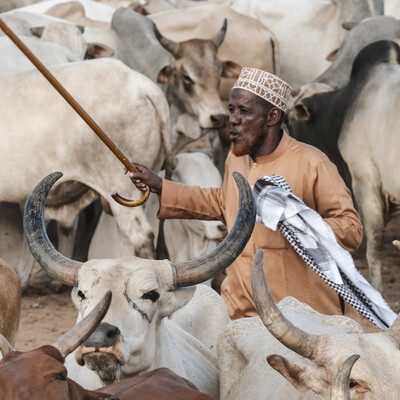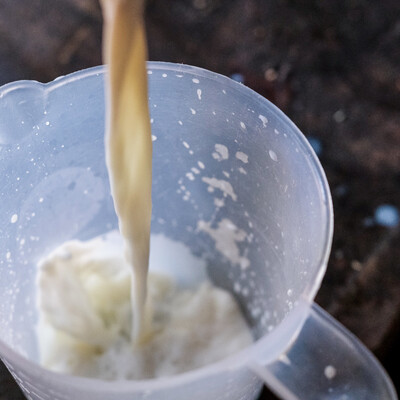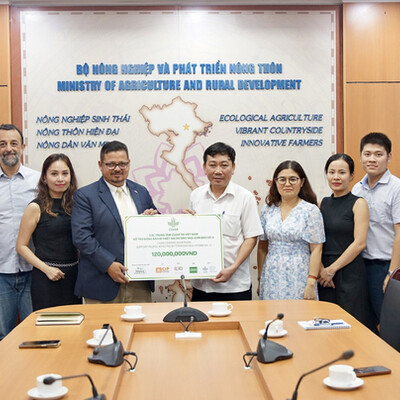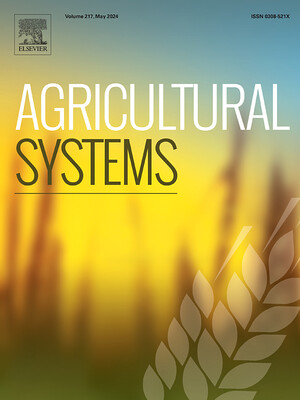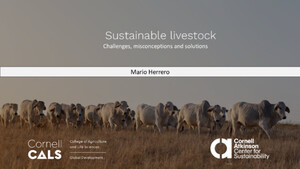
New guide outlines options for integrating gender equity and social inclusion in low-emissions dairy production interventions
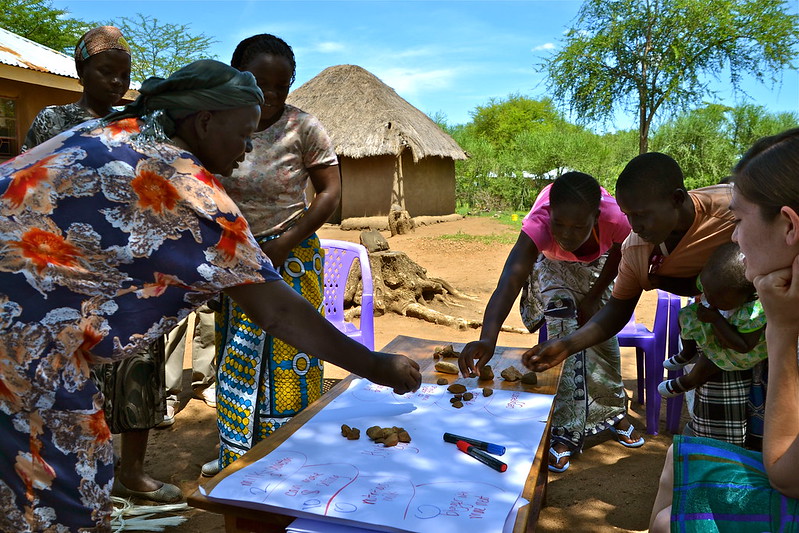
Photo Credit: CCAFS
Why does it matter?
The importance and need to entrench gender issues in agricultural research for development cannot be overemphasized. While increasingly, research for development practitioners are adapting and implementing gender strategies in their interventions, empirical evidence reveals that gender issues go hand-in-hand with recognizing social differentiation and positioning at varying scales. A newly published research report by scientists from the International Livestock Research Institute (ILRI) provides a guide to best practices for gender and social inclusion in the Kenyan intensive dairy sector.
The objective of this research was to produce a practical resource guide to inform the development of Kenya’s Nationally Appropriate Mitigation Action (NAMA) strategy. Kenya’s NAMA will provide climate finance mechanisms to a number of stakeholders in the livestock sector who are currently practising or interested in low-emissions development.
 The recently published research report highlights that
The recently published research report highlights that
In order to appropriately address gender and socially inclusive development in the Kenyan dairy sector, any intervention must take into consideration the substantive cultural gender issues that are at play at both the household and producer organization levels.
Creating room through tailored capacity development
Given that men and women occupy different social positions that influence their capacities to uptake new technologies and affect change, understanding how to incorporate these social issues into gender strategies for development is essential. One recommendation emerging from this guide is to build capacity with project staff and farmers to articulate pressing social and gender issues, and chose culturally appropriate ways to act on them. Throughout this process, the questions of who does what, who has control over which resources, and who has the ability to make decisions at the household level and beyond are reflected upon to guide the project’s gender and social equity goals.
Moving away from gender blind climate change mitigation strategies
Smallholder farmers with limited resources are particularly vulnerable to climate change, and mounting evidence suggests that in many places women will bear the brunt of additional labor induced by climactic changes.
As such, it is necessary for mitigation strategies to move away from gender blind policies to proactively engage with the complexity of household gender and social dynamics. ILRI scientists in this newly published guide report that when mitigation interventions in the Kenyan dairy sector are designed with ‘women as users’ in mind –through the creation of labor-saving technologies, localized farmer to farmer knowledge sharing, and farmer’s groups that support women’s leadership — the negative effects of both climate change and women’s exclusion from development can be mitigated.
The review in this guide has outlined the key aspects of decision making and resource control at the household level. The authors emphasize that any successful low-emissions development in the Kenyan dairy sector will need to use these as starting points to planning interventions, but also need to remain sensitive to context-specific variability.





